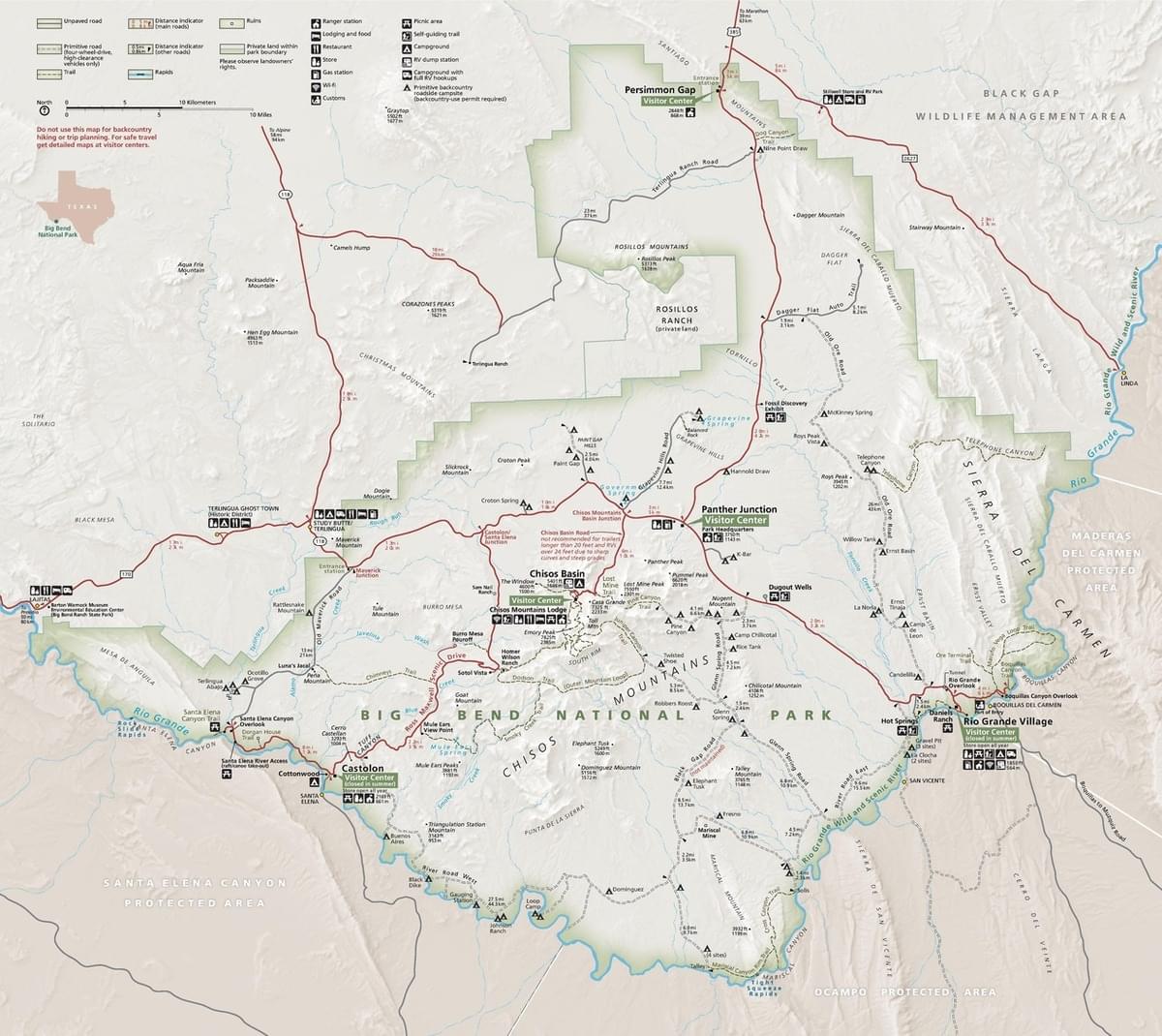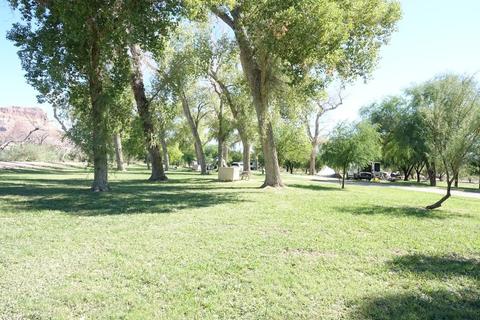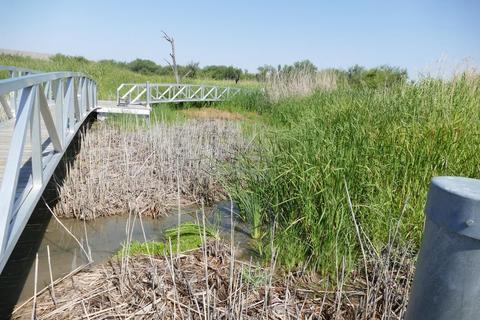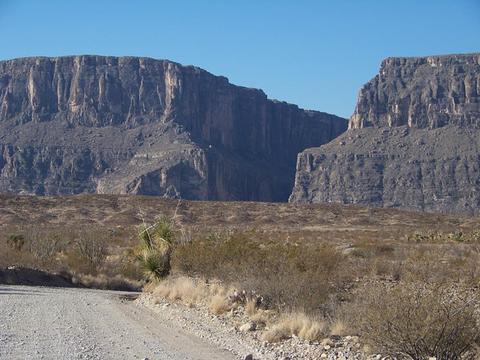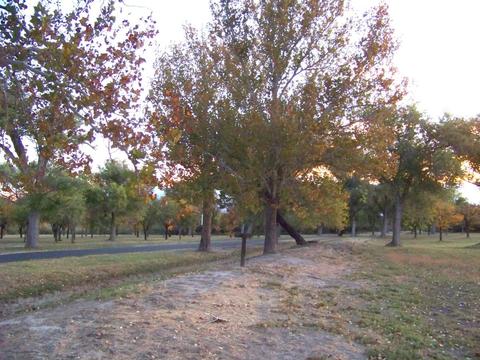
Big Bend National Park
Big Bend National Park
1 Panther Junction Big Bend National Park, Texas 79834
Official WebsiteBig Bend National Park map
Tips for Birding
When submitting eBird observations at Big Bend National Park, it is most helpful to start a new checklist for each hotspot in the national park. Use the general hotspot when you have a checklist that includes multiple locations or if no other hotspot or personal location is appropriate for your sightings.
About this Location
Big Bend is famous for its natural resources and spectacular geology. The park's varied array of habitats support more than 1,200 species of plants (including some 60 cacti species), 11 species of amphibians, 56 species of reptiles, 40 species of fish, 75 species of mammals, over 400 species of birds, and about 3,600 species of insects. The park boasts more types of birds, bats, butterflies, ants, scorpions, and cacti than any other national park in the United States.
From 500-million year old rocks at Persimmon Gap to modern-day windblown sand dunes at Boquillas Canyon, Big Bend preserves tremendous geological diversity. Marine sedimentary rocks, continental sedimentary rocks, volcanic rocks, and evidence of the three great North American mountain-building episodes are found within the park boundaries.
Content from Official Website and Dell Little
Last updated November 2, 2023
